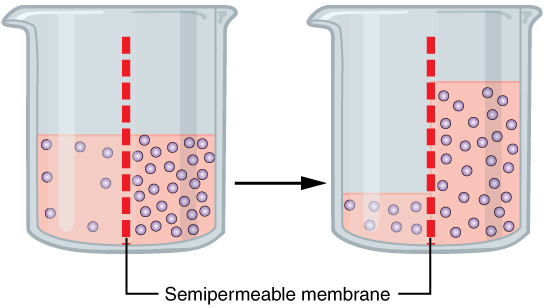Japan has one of the lowest crime rates. If you forget your phone in some public place, there is a good chance you will recover it. Four-year-old school children will use the public transport to go to school by themselves. Even though in public places usually no trash cans can be found, the cities are still exceptionally clean. Very rarely will pedestrians ignore a red streetlight, even at the smallest streets. Whenever you enter a restaurant, you’re given a small towel (oshibori) to wipe your hands. Their high tech toilets allow you clean your bottom with an adjustable jet.
Japanese people value politeness. They will avoid making a fuss. Whenever people working for train companies leave a car, they bow their head as a sign of respect. The same is true of people ushering you into an elevator or greeting you when you leave an elevator (yes, at times people are employed for that). You are expected to be quiet in elevators (there are signs) and not talk on the trains (there are spoken messages reminding you). They are also extremely disciplined. Trains leave on time. If a plane arrives before the scheduled time, boarding will not start earlier. You can also not check in at a hotel before your check-in time. If a restaurant is full, you can find waiting lists outside. Eating outside of your home or a restaurant, is frowned upon.
However, politeness and discipline does not necessarily always imply being welcoming and open. You may find signs at certain venues that only Japanese guests are welcome. The owner of the APA hotel group, Toshio Motoya, denies Japanese WWII atrocities and has stated (and after criticism retracted) that Jews control the US. On a train, the places next to people who are not Japanese are often the last to fill. At the train station you can hear: “If you find any unattended item or suspicious person, please notify station staff.“
The society is rather old. About one third of the population is older than 65 and only 12% is younger than 15. Yet, the society is surprisingly childlike. The Grindr alternative, 9monsters, uses gamification. You need to breed monsters in order to connect with others. Manga-like cartoons explain rules in public. In cities you often find garish/neon street signs.
In a survey of people ages 18-34, 70% of unmarried men and 60% of unmarried women are not in a relationship. Some surveys find that 42% of mean and 44% of women admit to being virgins. So-called sexless marriages are rather common. People do feel lonely. Many people turn to Otaku culture which encompasses anime, manga, video games or computers. There are experiments to use robots to combat loneliness.
It is surprising how few homeless people one gets to see in the cities. If one fails in whichever way, suicide is not uncommon. Status symbols are not uncommon including Ashton Martin, Ferrari, Porsche, Lamborghini (more in Tokyo than Kyoto).
The western influence is also visible in Japan. When people get married, they hire an actor to dress up as a priest and perform a Christian wedding in front of themselves and their guests. You can even see “fake” Christian churches where these expensive services can be booked.
Like other countries Japan has suppressed minorities such as the Ainu.
Fruits are surprisingly expensive in Japan. Fruit plays a very different role in Japan. In many parts of the world, fruit is eaten as an everyday snack, but for Japan, it is regarded as a precious gift given to someone you want to impress, show your gratitude to, or wish well.


